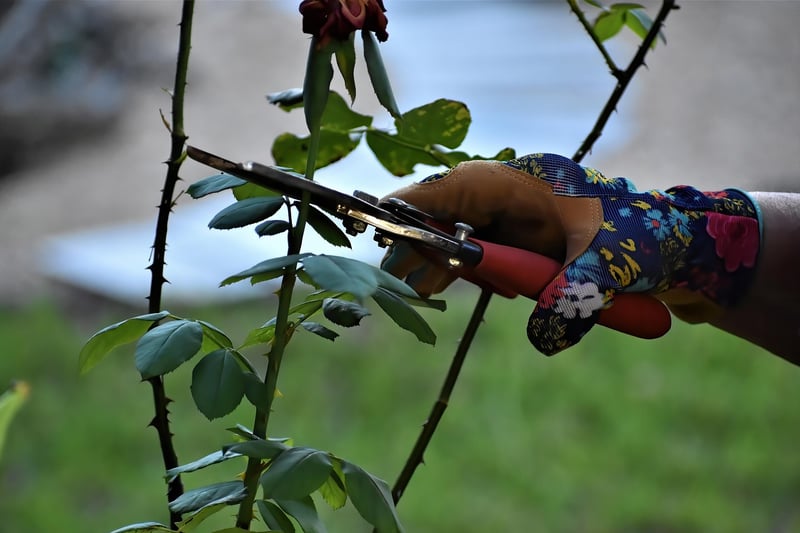Pruning Techniques
Maintaining Healthy Plants: Essential Pruning Techniques
Keeping your plants healthy involves more than just watering and sunlight. Pruning is a crucial practice that not only helps in maintaining the aesthetic appeal of your plants but also promotes their growth and overall well-being. In this article, we will explore some essential pruning techniques that every plant parent should know.
Why Pruning is Important?
Pruning is the process of selectively removing certain parts of a plant, such as branches, leaves, or buds. This practice offers several benefits:
- Promotes plant growth by encouraging the development of new shoots and branches.
- Improves air circulation and sunlight penetration, reducing the risk of diseases.
- Helps maintain the plant's shape and size, enhancing its overall appearance.
- Eliminates dead or diseased parts, preventing the spread of infections.
Essential Pruning Techniques
1. Deadheading
Deadheading involves removing spent flowers from a plant. This technique not only tidies up the plant but also redirects its energy towards producing new blooms.
2. Thinning
Thinning is the removal of entire branches or stems to improve air circulation and reduce overcrowding. This technique is especially useful for dense plants.
3. Heading Back
Heading back entails cutting back a portion of a branch to encourage new growth. It helps in controlling the plant's size and shape.
4. Pinching
Pinching involves using your fingers to remove the tips of stems. This technique promotes bushier growth and prevents legginess in certain plants.
Pruning Tips
- Use clean, sharp tools to make precise cuts and prevent damage to the plant.
- Prune during the plant's dormant season to minimize stress and ensure faster healing.
- Remove any crossing or inward-growing branches to maintain an open and healthy structure.
- Consult specific guides for different plant species, as pruning requirements may vary.
By incorporating these essential pruning techniques into your plant care routine, you can ensure that your plants not only look beautiful but also thrive in a healthy environment.

Remember, proper pruning is an art that requires practice and knowledge. So, take the time to learn about the specific needs of your plants and master the art of pruning for a flourishing garden!
Happy pruning!
